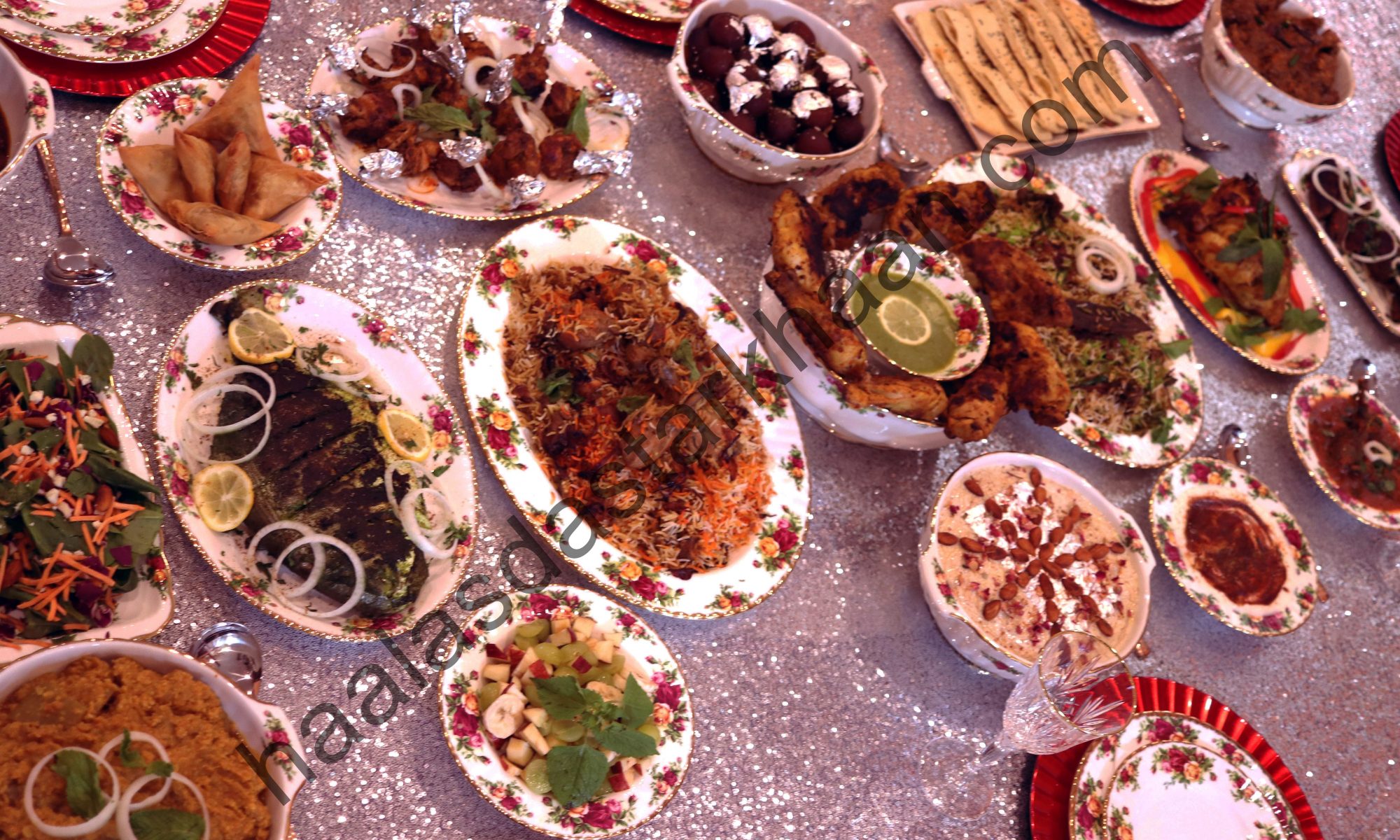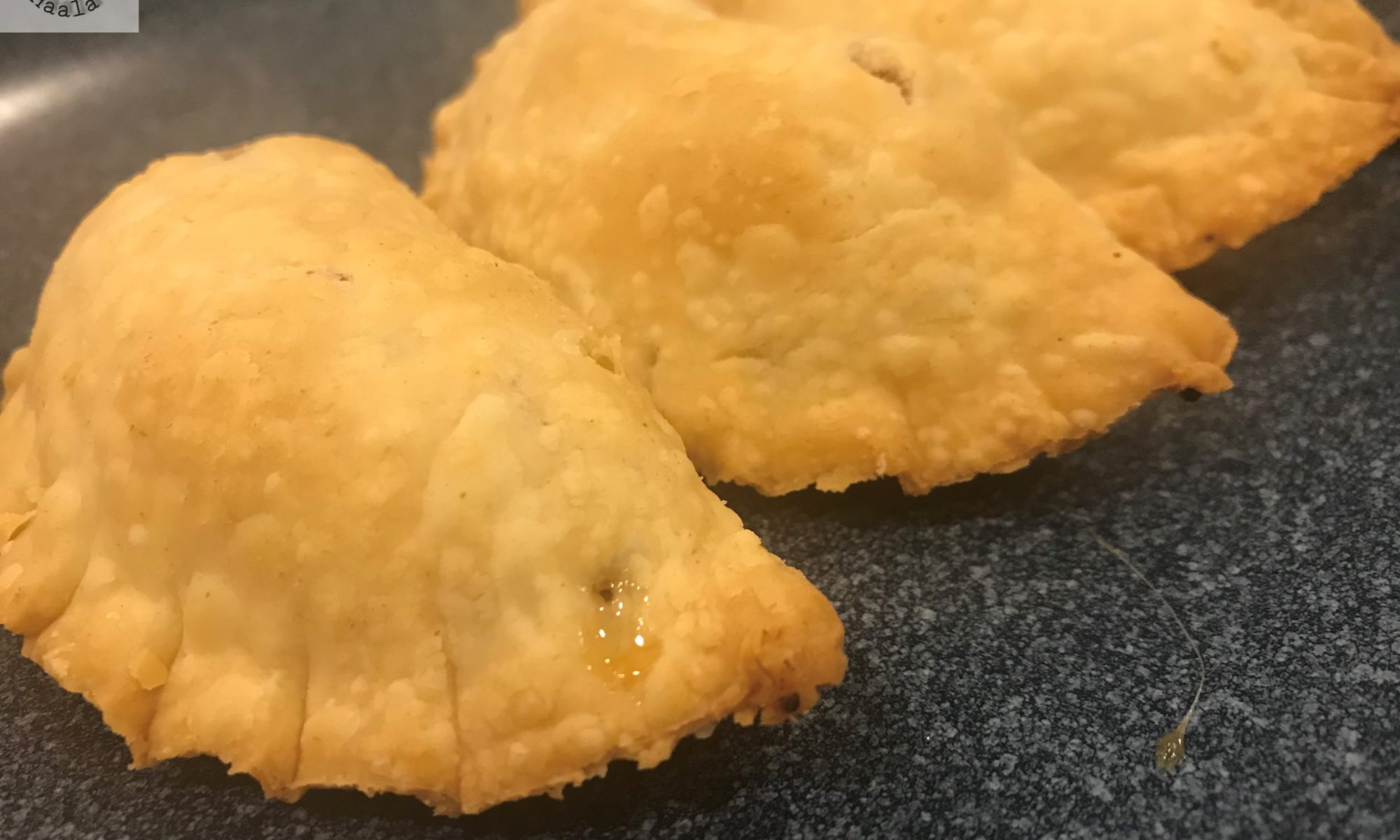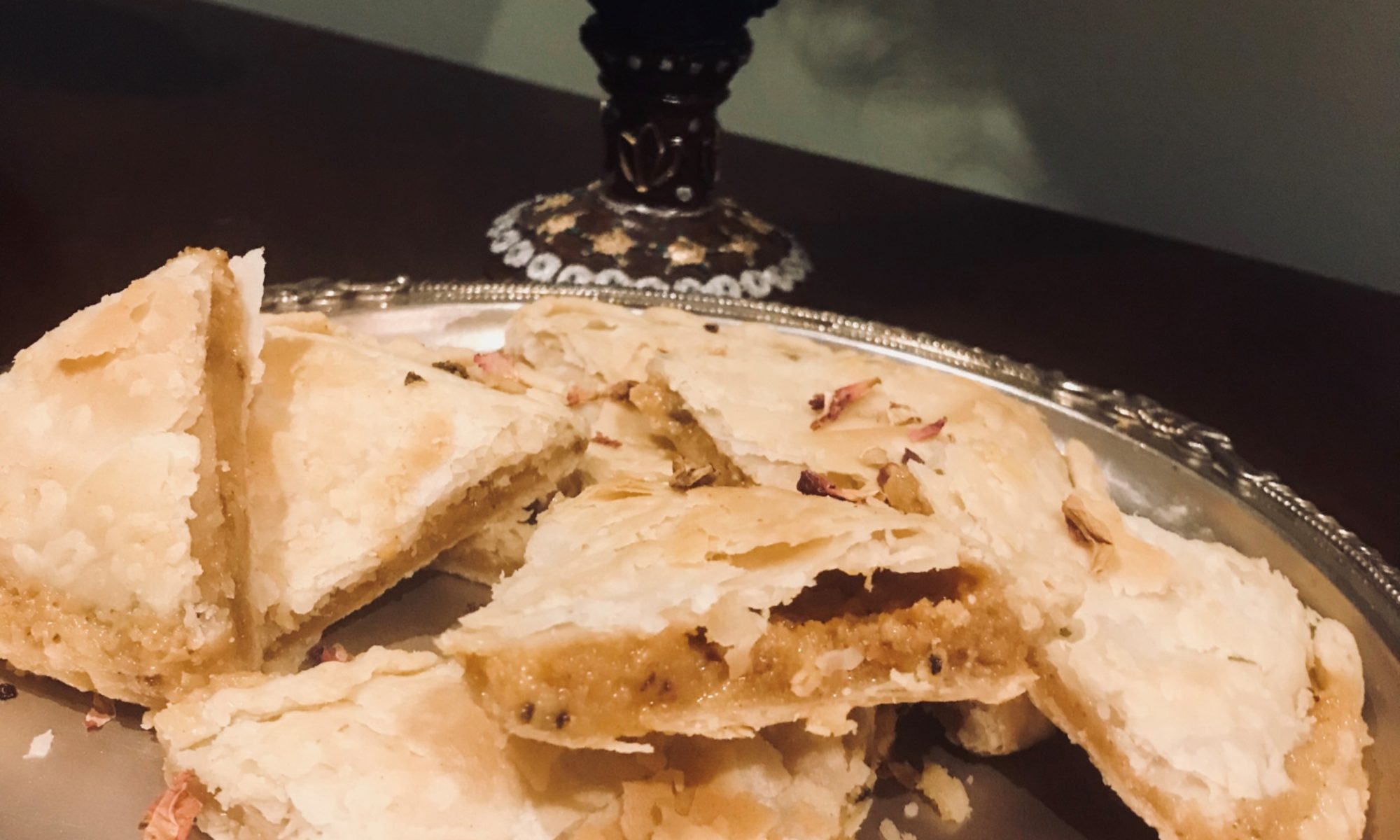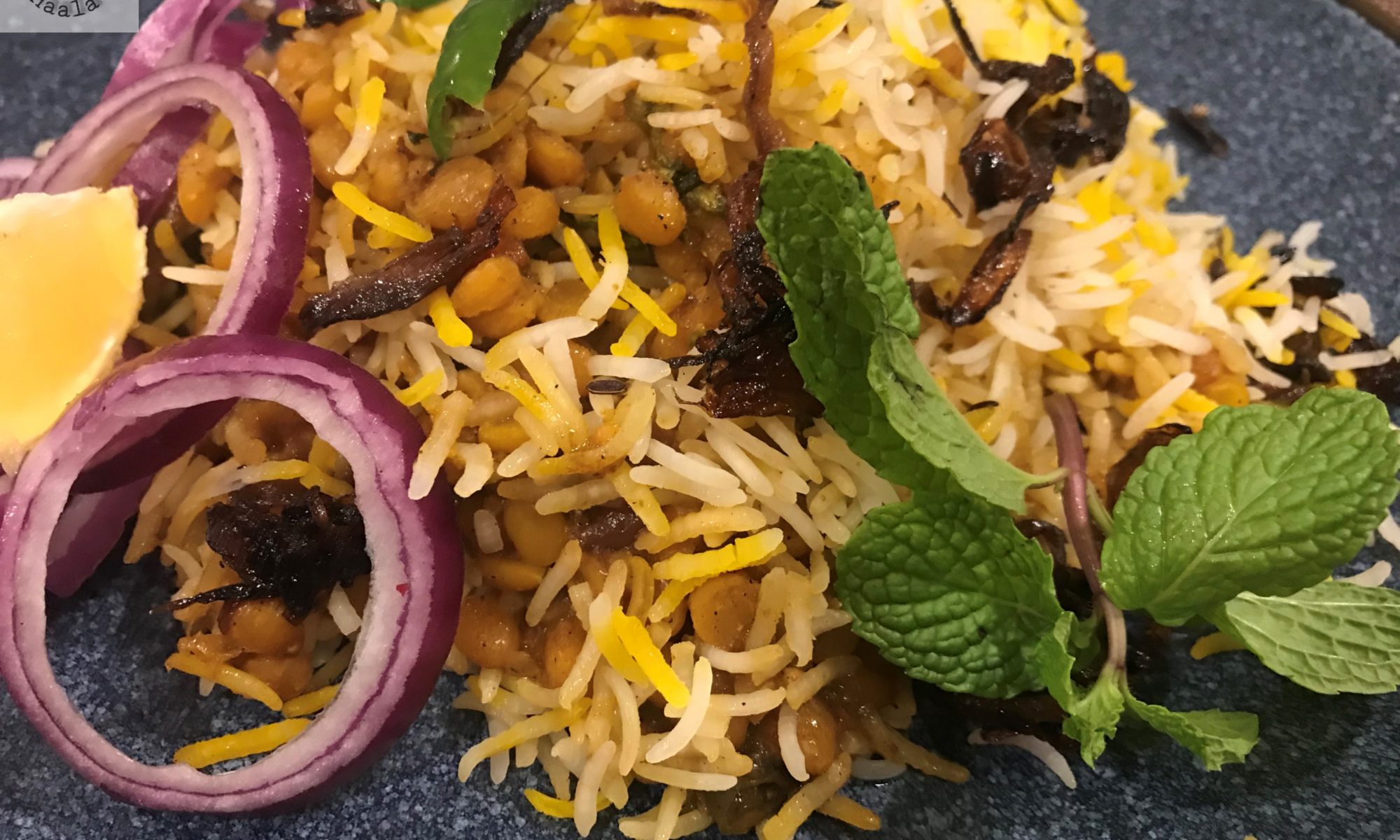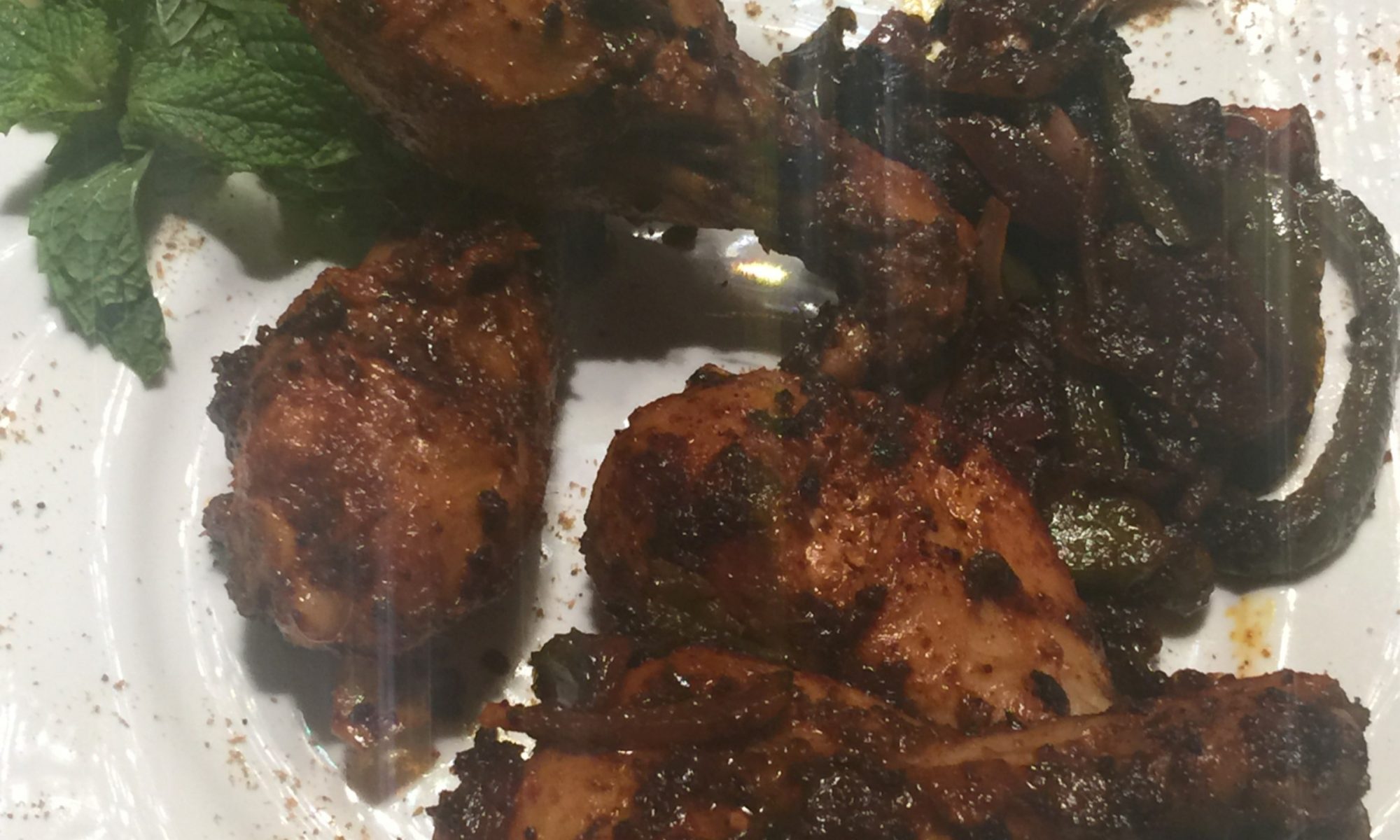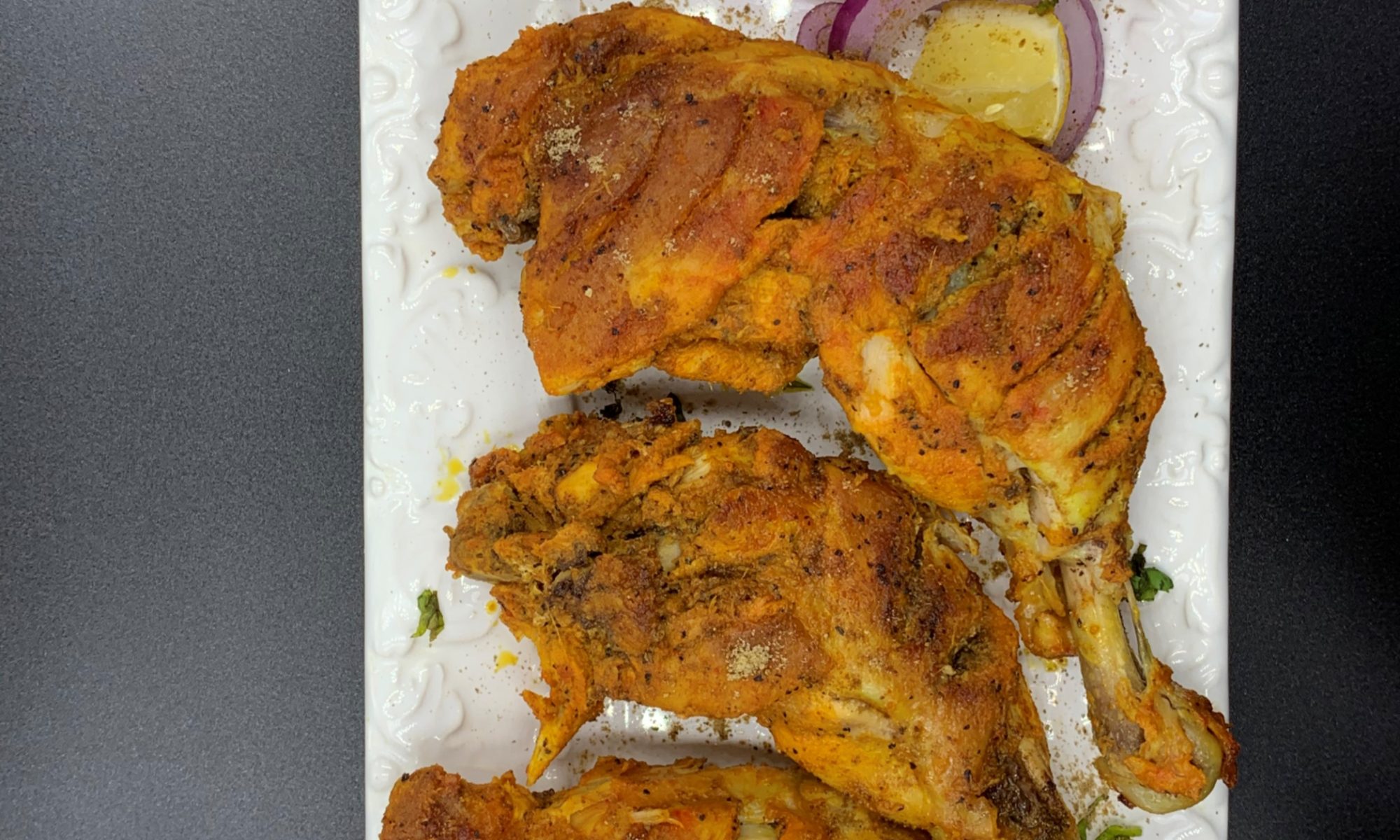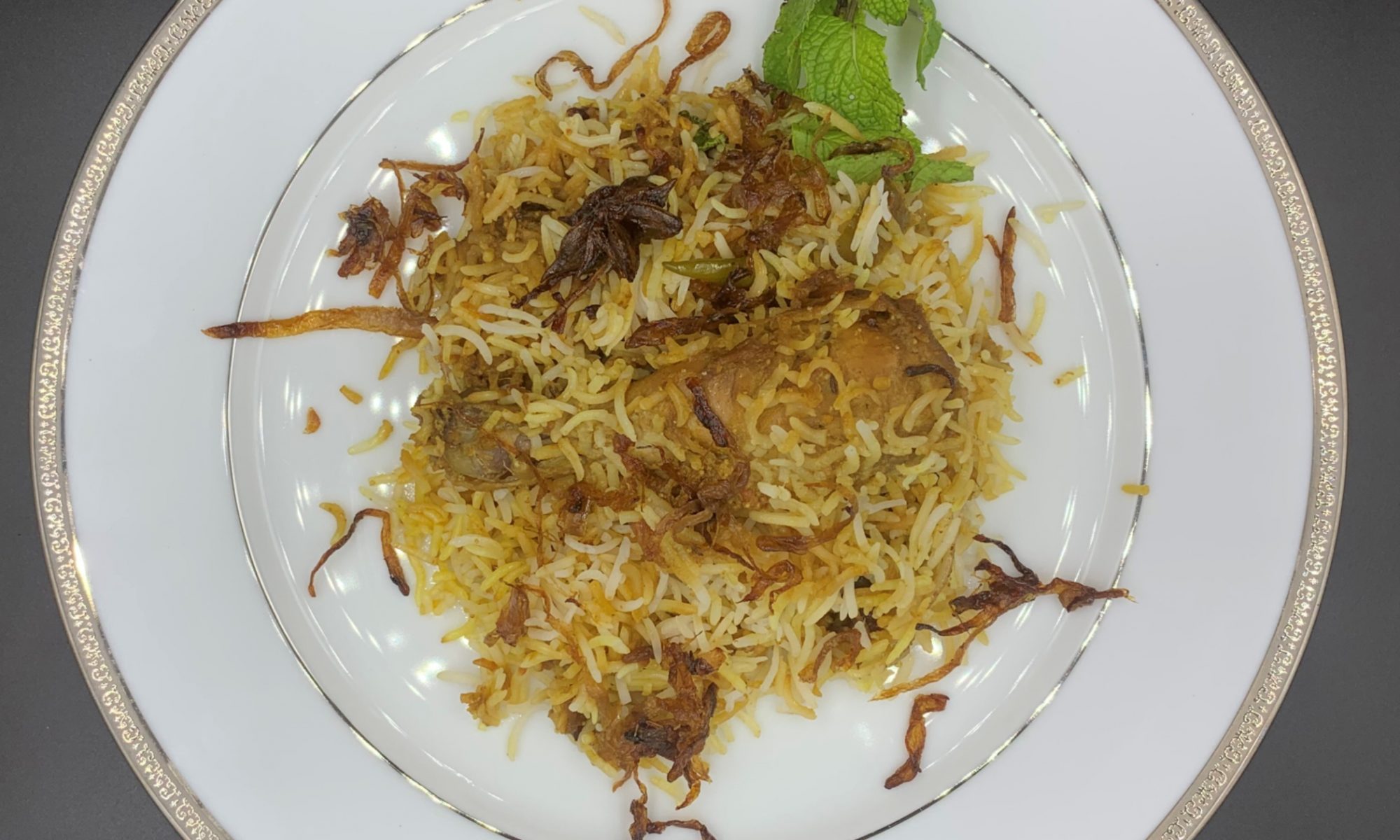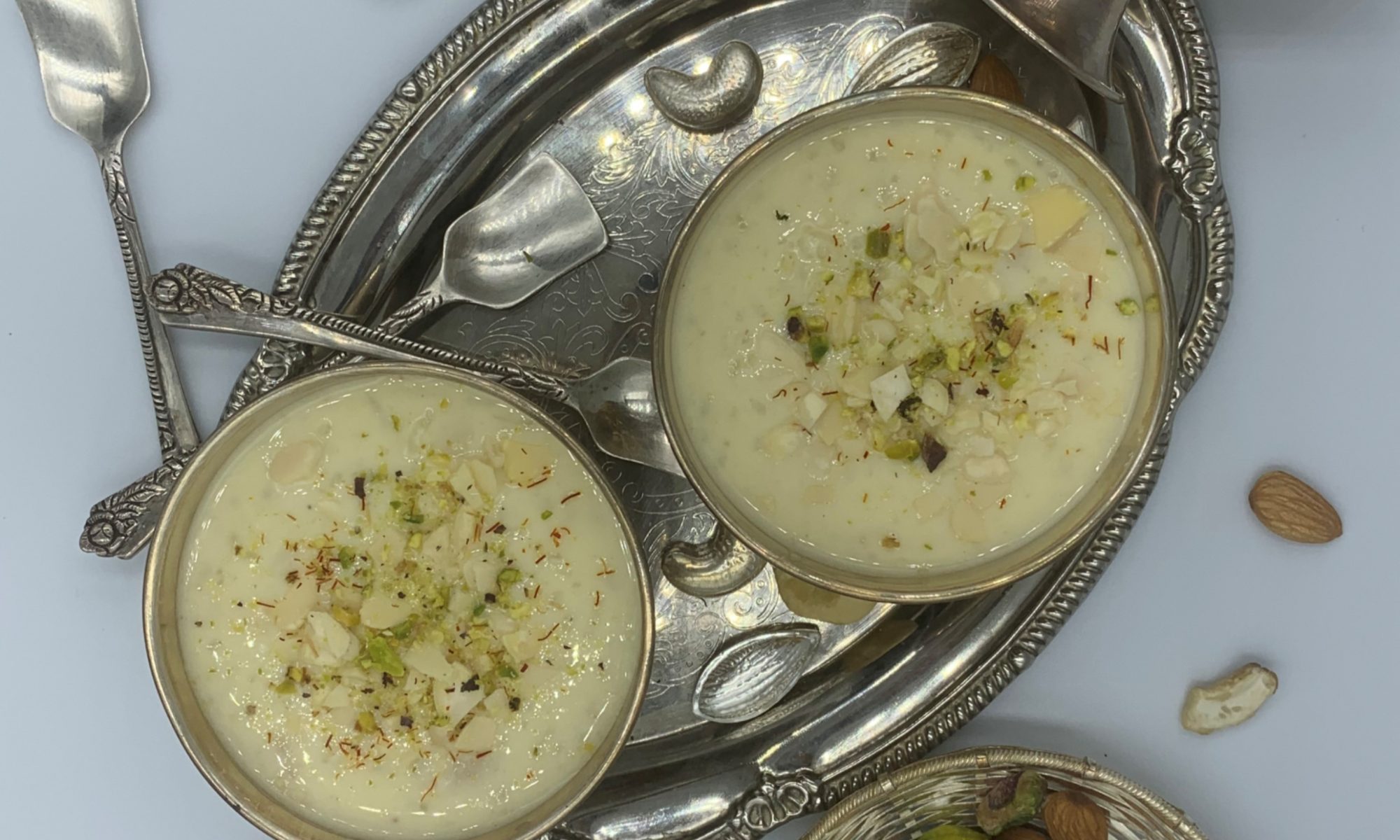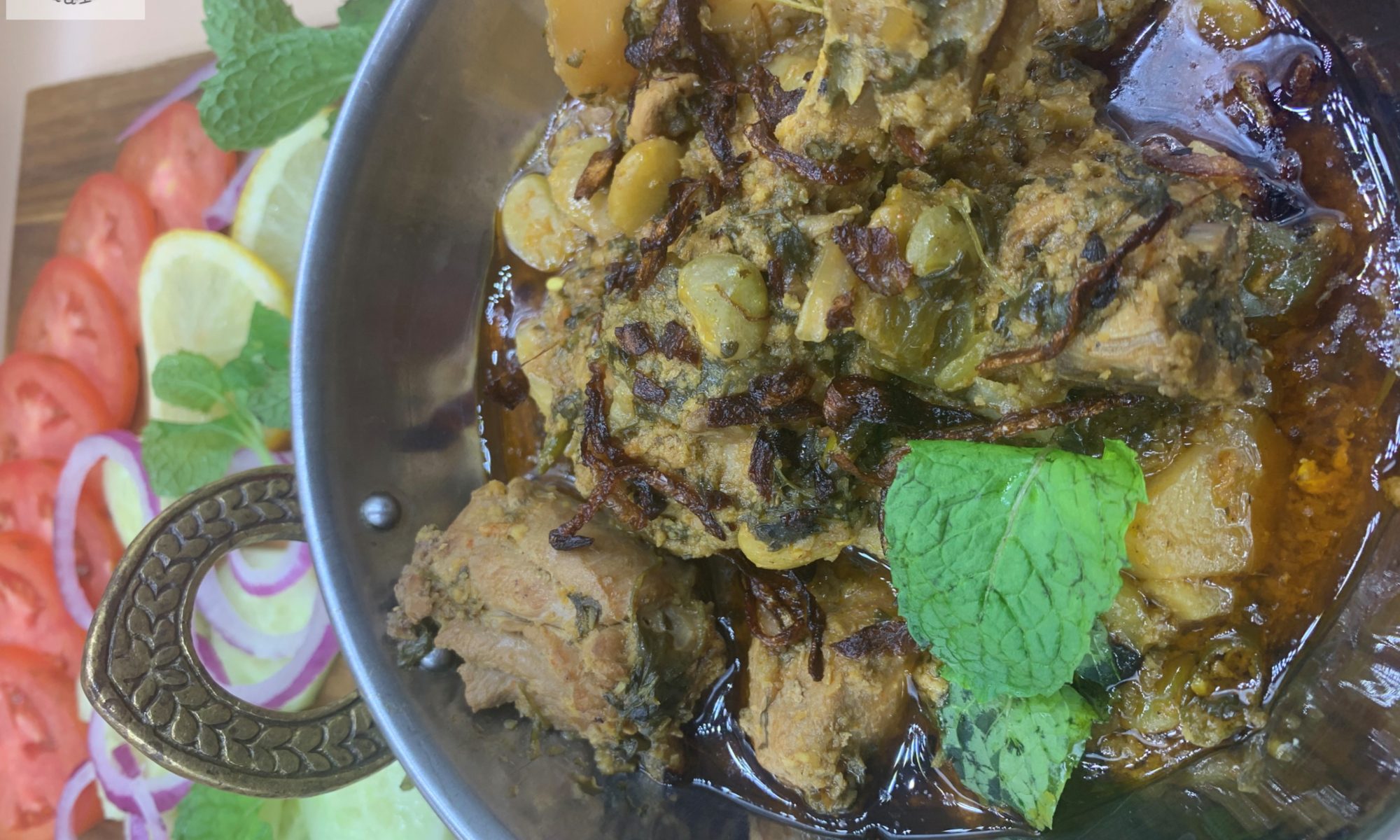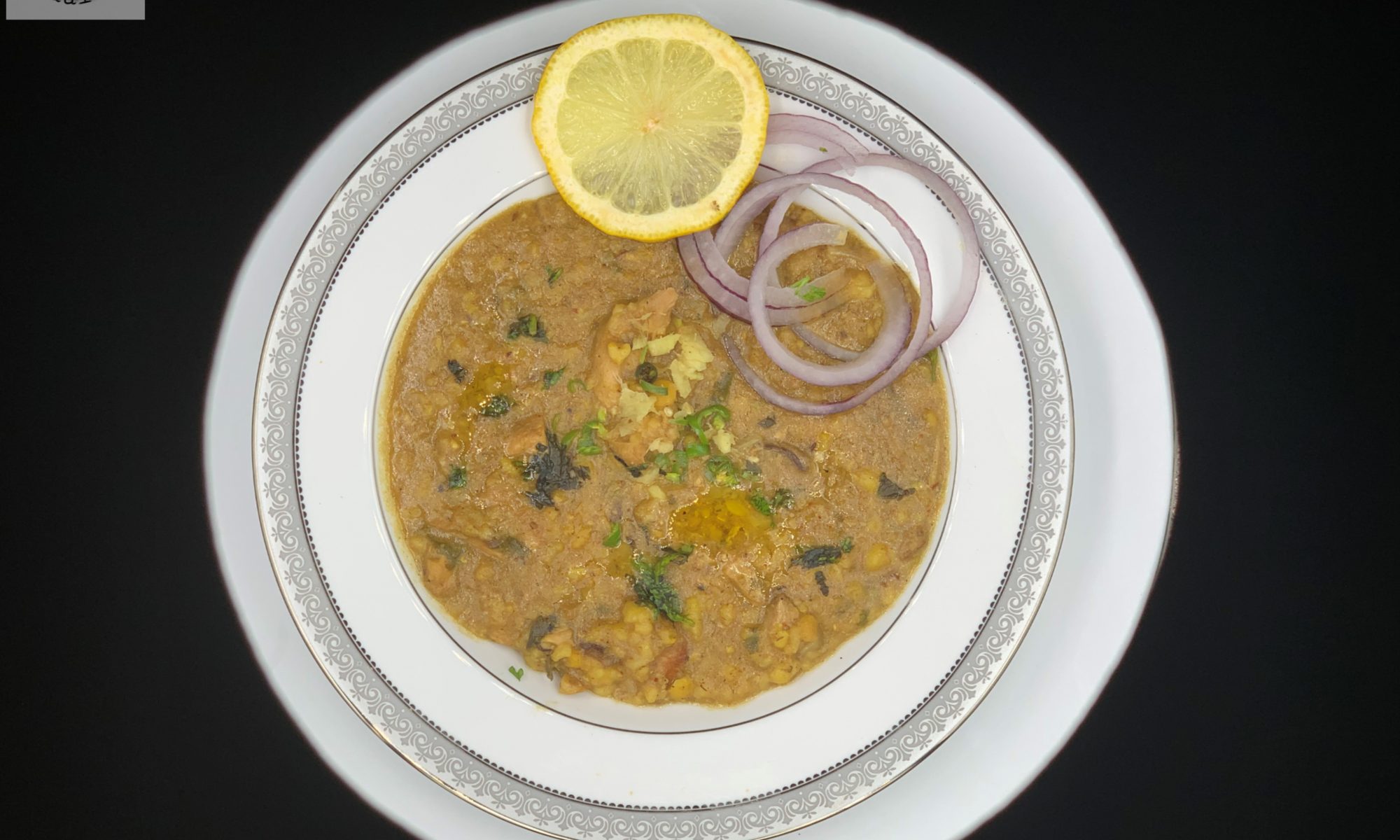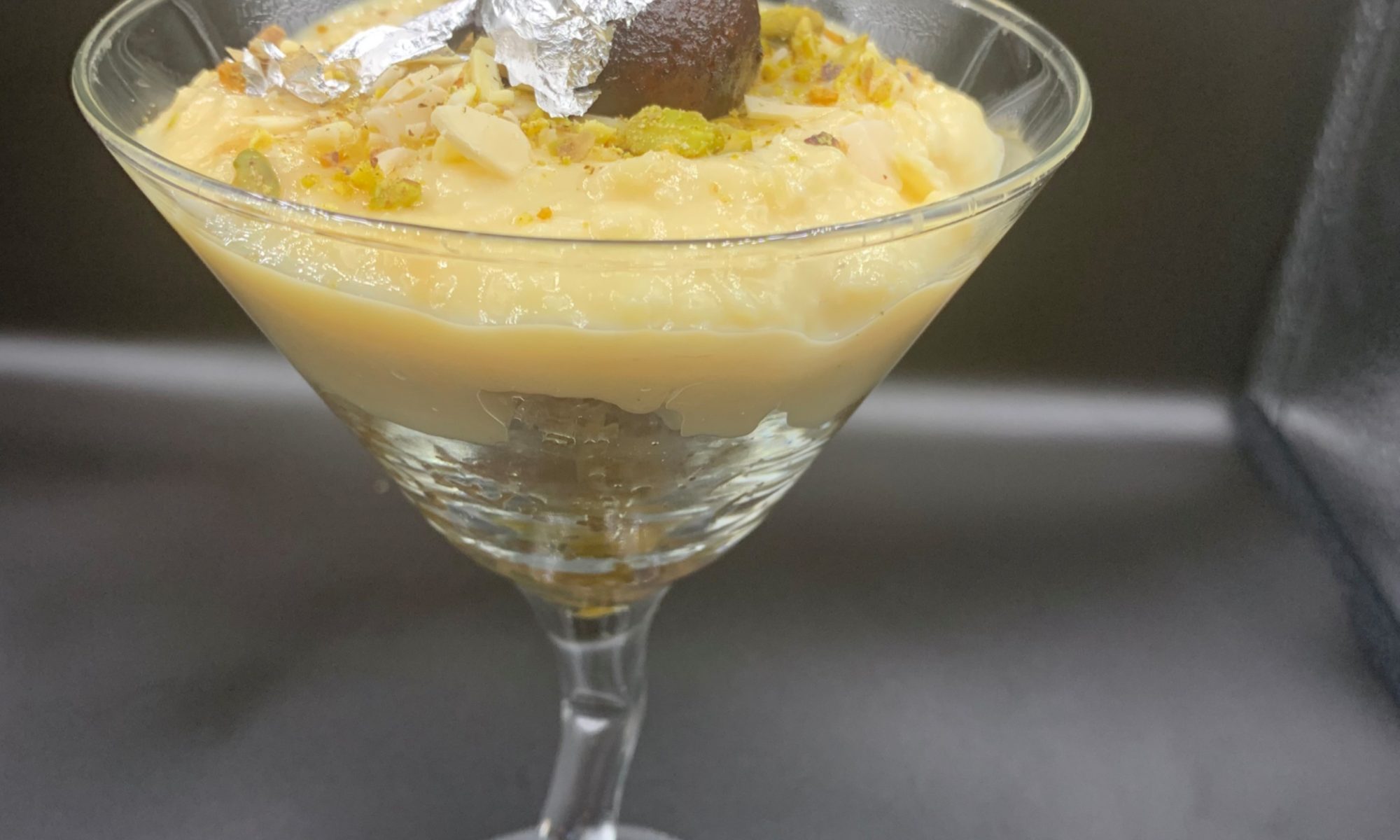Khoya Naan
Every city/ place is has certain dishes that are extremely popular. But, a lot of times, that popularity is restricted to a certain community. Not that other communities would not be willing to try it, but to try some very authentic dish of a certain community, you need to be friends with people. Like Swami Narain Temple serves the world’s best Sambhar, for that irrespective of your religion, you have to just walk in one day and try out the Sambhar, which honestly is flavorful and pretty simple, but satisfies your soul. This statement was given by Mr. Parveez, who actually promised me 15 years ago that one day he will take me to one of the temples in Bengaluru and have me try their Sambhar, and with all that wait I think soon I will be seen walking in a Swami Narain Temple myself [just for love of Sambhar] 😉
Coming back to this dish. Khoya Naan and Chobe ke naan [which are made from sweet coconut] are very popular sweet dishes in Muslim community. I am sure loads of other communities enjoy them too, as long as they know about them. I had first tried them a few years after my marriage and though I am not a fan of coconut, but I did try them and they were fairly good and if you love coconut, you should try them. But if you like mawa’a or Khoya based sweets, you will definitely love this one. We would always buy them for USA as well and bring some for our friends here and everyone loved them. But, travelling back home starts reducing with time and that’s exactly what happened with us too. And the cravings fail to understand that. This is when people like me are always thankful for our extra ordinary taste buds and skills to cook.
So, one fine day when my cravings were over the top and I got restless, i got down to making my own. The outer layer is made from pie dough and it tasted great, but I believe the outer layer that they use in Bangalore is the puff pastry dough. I personally feel that using Pie dough is better than the latter, because mawa’a filling by itself is pretty heavy and puff pastry makes it even more buttery and heavy leaving a thick after taste on your tongue, which does not happen with the pie dough. Though I did make small balls and rolled each one around 6 inches in diameter and further put them together by spreading a little oil between each one. Further I rolled them like a cigar and cut them out equally and rolled them out again. This way I was able to make it more flaky and add more layers.
The filling is made with ghee, shredded khoya, sugar, heavy cream, Rose water, cardamom powder and saffron. This dish does not have any nuts. Its supposed to be crunchy, and sweet. This can be made a few days in advance and refrigerated as well. It should always be served warm, so you can always warm it up in the oven for around 10 minutes before serving. Enjoy!!!
Hyderabadi Chana Daal Qabooli
Hyderabad is popular for its lip smacking food. The city of Nizams is just not popular for its gems and jewels and gorgeous buildings, but more for the food. The Hyderabadi Biryani to start with has almost 12 varieties if not more. When it comes Hyderabad and we think of food, I always tend to think of all wonderful non vegetarian dishes, Biryanis, Korma, Haleem…but we all forget that Hyderabad has a wonderful variety of Vegetarian food as well.
This delicious vegetarian Biryani has come down from the Mughals, and is made with rice and split gram lentils. In Hyderabad, its considered a fancy dish and is a great vegetarian option in place of Biryani.
Qabooli is biryani made with spicy chana dal (split pea lentil) and layered with basmati rice. This Chana daal qabooli is very different in flavor and aroma, which combines the pungency of spices, the tanginess of Yoghurt and richness of saffron. It turned out quite tasty and lip smacking. This is a filling and delicious dish that is great to make when you have company. This vegetarian version of Biryani can be made on festival day or even include it in a party menu as well. Enjoy!!!
Tandoori Chicken
Tandoori Chicken is most common, easy and easily available chicken kebab. The Chicken Tandoori can be made in small pieces, Chicken legs. My Mother used to make Tandoori Chicken for almost the whole world and I mean it, the whole world. My friends who loved non vegetarian food loved her Tandoori Chicken.
Tandoori Chicken though is a fusion between Middle eastern or Mughlai Grilled chicken mixed in with Indian spices and must have been an experiment by Mughal Khansamas to incorporate and use the local chilies along side of the Afghan or Persian spices.
There is a very funny story to this too. My mother had a best friend from school, who moved to Kolkata after marriage, and one of her daughter’s fell sick and the doctor recommended Chicken soup to her. When the family traveled to Jodhpur, the daughter had already became a hardcore non veg lover, but had not ventured out with other varieties. So when they came, she requested my mother to make soup for her which my mother delightfully fulfilled. Then one fine day, my mother was making Tandoori Chicken for some guests when her friend’s daughter happened to be at our house. The fragrance of Tandoori Chicken is hard to say no to, hence she wanted to try it out. And that was it, Tandoori Chicken found itself a fan for life. And my Mother would never ever make an excuse for not cooking or going through the pain of fulfilling her special request despite her busy schedule.
Well, what I meant was that Tandoori Chicken was kind of the only Chicken kebab that my mother made and it was out of this world and loved, not just by us but even others. Now, I make huge varieties of Kebabs and Tandoori chicken also happens to be one of those, but when it comes to adding chicken to your pizza, Tandoori chicken is the best. One you don’t really need an old fashioned Tandoor to make it. It can be made in your oven or incase of boneless, it can easily be made in a pan too.
A simple marinade of Yogurt, chili powder, salt, tandoori powder, red food color, Ginger garlic paste and lemon juice is sufficient to bring out an extremely delicious kebab dish. Its one of the best and the easiest kebabs i have ever made.
Lahori Chicken Chargah
Lahori Chargah Chicken is one of the easiest and yummiest kebabs that I make. I believe there are few different recipes for Lahori Chargah and you might find some recipes different from what I make. My recipe is based on the first and the only Lahori Chargah I have tried.
There was a small restaurant that we used to go to when my first born was a few months old. We had a pediatrician for him who had her office pretty far from our house. Now those days, I wasn’t driving hence we always had to get a weekend appointment since it would otherwise be hard for Mr. Parveez. For some reason we always got an afternoon appointment and despite the appointment and reaching there on time. The lady who ran it had a very limited menu, one kind of Biryani, 2-3 curries and 1-2 kinds of Kebabs. This happened to be one of them that we really loved and this was a part of our regular order. She also made a different kind of Biryani which we later on found out that she actually didn’t make it herself , but used to get from a near by restaurant. We still loved going to the little cozy restaurant as we were pretty satisfied with the little menu with simple dishes, until one day she decided to move and close the restaurant.
That’s when my search for making a perfect Chicken Chargah started. I saw a famous brand name that sold Chicken Chargah masala, so I bought it and followed the instructions. Now knowing how particular Mr. Parveez and I are about the store bought Masalas, we couldn’t really continue with the box Masalas and I had to get down to figuring out and making my own masalas at home and following the flavor, I actually did. Its amazing how flavors communicate with your taste buds and I believe communication is the key to every successful relationship, be it any.
So, there I was mixing in my Roasted cumin powder, Black Pepper, Red Chili Powder, White Pepper Powder and Tandoori Powder with Apple cider Vinegar and Ginger Garlic Paste. The reason for using both Black Pepper and White Pepper is that adding too much of Black pepper tends to make the food bitter, so adding a little gives you the kick and adding White Pepper along side gives you flavor similar to Black Pepper without adding the bitterness to the food. Chargah is usually made using whole chicken but I always use Chicken legs, as I find them better and easier to serve. So, make them anyway you like and enjoy.
Salem Biryani
The word Biryani is derived from the Persian word Birian, which means ‘fried before cooking’ and Birinj, the Persian word for rice. There are various theories related to the origin of this scrumptious dish. Biryani originated from Persia and was brought to India by the Mughals.
I love reading about the Mughal Era and its food in the history. Its amazing to read about so much variety of food flavors that they added to the Indian cuisine…. Gulab Jamuns, Jalebis, Imartis, and so many other rich desserts and numerous curries and the most amazing out of all are Biryanis…so many varieties, so fragrant, so delicious and so different from one another. The best part was that they always incorporated local spices with their Biryani recipes coming up with distinguishably different flavors each time. Each region has a completely different way of making Biryani from another.
The state of Tamil Nadu has some really celebrated Biryanis, most of which have evolved in the state’s smaller towns. A beautiful example is Ambur Biryani. As the folklore says, Salem Biryani actually developed in a particular small hotel, a military hotel to be precise. Its funny but most of the restaurants serving Non vegetarian Biryani in Tamil Nadu are referred to as “Military Hotel”.
The best thing I like about these South Indian Biryani is that the ingredients are always pretty simple, nothing fancy, nothing that requires you to urgently run to a store and despite the simplicity, the outcome is always so deliciously fancy.
Chawal ki Kheer
Chawal ki Kheer is a popular meetha/sweet dish in all Indian/ Pakistani/ Bangladeshi homes. For every special occasion when Kheer is supposed to be made, of all the different varieties of Kheer, Chawal Ki Kheer is made the most.
My love for Chawal ki Kheer is probably since birth. I have never come across any chef/cook or for that matter any person who can make Chawal ki kheer as good as my mother. Since I could understand things well, I would always look forward to days when she would make Kheer. A spoonful in your mouth was enough for anyone to experience a taste of heaven. The funny part is that I never liked the Kheer anyone else made, it was in my view a complete injustice to the dish. I expected people to work harder and make it just like my mom. Since I was a kid, I never realized the amount of effort and hard work she puts into it. When I grew up, and with time started getting ready to explore the world of spices and learn the art of cooking good food is when I saw how many hours it took her to actually make something so deliciously wonderful and that’s when I understood why I see so many faces of relatives and friends on Eid, that I do not see all year round and requesting for my mother’s special Kheer.
There is no way that I will be able to describe the number of hours she gave into it, but I can definitely give you an idea. So, we are a family that comprises almost 150+ members, almost. Please do not get shocked reading this. This includes my grandfather’s children and their families and considering that my grandfather had 9 children, all kids have large families and most of my aunts had grandchildren while I was still in my teens. So it was this plus distant family and friends. Making Kheer for these many people made my mom look like a “Khansama”. I am sure she felt that at times too. She would get around 40-50 liters of milk, maybe more and slow cook that milk till it reduces to almost 2/3 of the original quantity. Now, reducing the milk isn’t as easy as it sounds. That’s actually the first and the most important step. The Milk has to be stirred continuously so it’s evenly cooked and it shouldn’t get burnt at the bottom either. The flame or heat should be kept low. The process is tiring but worth it. The way my mom taught me was to stir once in a circular way and the second time makes the number eight. Honestly, I never realized till I was a grown-up that this is the best way to cover the whole base of the pot.
So, once the milk is reduced, you add cashew powder to it. The cashew powder does not just add some thickness and texture to it but also gives out a little sweetness and nutty flavor that is super amazing. Besides that adding, chopped almonds are a delicious add-on as well. After that, add khoya/maawa or Khoya powder, but that’s completely optional. I prefer using small grained Rice for the kheer because they are easier to mash and the texture is perfect for the Kheer after being mashed. You can use Kani ke chawal or Kaima Rice or any other small grained Rice. My mother always added condensed milk to her Kheer and some people thought that was the secret ingredient, but honestly, it’s just the magic of her hands and all the hard work. Only ingredients never make a dish great, it’s mainly the effort put in by the person cooking.
This is a wonderful way of making Kheer. I am still not as good as my mom when it comes to making it but it still comes out delicious and each spoonful makes you crave more.
Murgh Sabz Korma
This Chicken curry recipe is from Mr. Parveez’s family. I was given the recipe by my Mother in law. The dish uses a variety of veggies, which honestly at times makes it difficult to make because if you miss out on one, it changes the whole taste. From the stories I hear of Mr. Parveez’s childhood, this dish was cooked almost every Friday and he would always look forward to his mom making it. I believe even today when he eats this Korma, it makes his mind go down the memory lane and remember the awesome dishes his mom made.
Now Bangalore is the garden city of India. The city with loads of greenery and always has an availability of fresh flowers and vegetables, therefore most dishes that you look at comprises of fresh vegetables and other ingredients. those dishes necessarily do not have to be under the category of “vegetarian food”, even the non vegetarian dishes, cooked in most almost all Muslim families use a lot of vegetables with their meat/chicken as well. Initially I wasn’t too big of a fan to be very honest. Coming from Rajasthan, I wasn’t used to mixing up vegetables and meat. We, in Rajasthan prefer keeping them separate, but with time I started enjoying the flavors of the veggies more and understood that this is one of the best ways to incorporate more vegetables in your diet as well.
I got the recipe of this dish from my Sister in law after I became the member of the new family. In fact most of the recipes that I learnt from Mr. Parveez’s family were given to me by my third sister in law. This dish can be made with meat or chicken so feel free to switch the chicken with Lamb/Goat meat. You will have to cook longer though and also make sure that you add the vegetables only after the meat is properly cooked. Chicken takes less time, so adding the veggies quickly is fine.
The chicken is cooked with Potatoes, Bell Peppers, Fenugreek/ Methi leaves, Lima beans and dill leaves. You can always substitute Lima beans with peas if you want. While coming across Turkish, mainly Middle Eastern Cuisine I did learn that most meat/ chicken curries are cooked with a variety of vegetables. That makes me think that this dish is also influenced from the Mughal Era, not something they learnt from the Indian soil, but something that they taught Indian cuisine. Because, coming to think of it, if you analyze most Non vegetarian Indian/ Pakistani dishes, you will know that they exclude vegetables. I would love to cook this Korma in one of the Turkish Earthen pots some day.
Usually this Korma is served alongside Rice dish called Khushka, which is Rice cooked with Mint leaves. You can also serve this Korma with Parantha, Naan or Sheermal.
Murgh Haleem
Haleem has originated or is inspired by an Arabic dish, “Harees” which is made with meat, ghee, wheat, rice and whole pulses. The Persian name for the meat – wheat dish is “Hareesah”, which unlike Haleem is bland and uses lesser amount of pulses as well. An author once also suggessted that the version of Haleem made in India should have its name revised as “Daleem” since it uses a variety of Daals / Pulses.
Like so many other dishes that proudly make a mark in Indian/Pakistani/ Bangladeshi cuisines, Haleem was also introduced to Hyderabad recipes during the Mughal Era. The research shows that it came to Hyderabad during the Mughal period via Iran and Afghanistan. Adding the local spices and ingredients to it was definitely an upgrade from the original Arabian dish.
It says that it was during the rule of the sixth Nizam, Mahbub Ali Khan when Haleem was being revised to suit the Indian taste buds. The addition of spices made a huge difference to the dish and it did take effort and time to make it what it is today. By the the time, the seventh Nizam Mir Osman Ali Khan made his way to the throne, Haleem had become an integral part of the Hyderabadi cuisine.
With time, it became popular amongst all Muslim rulers and royal chefs made few changes here and there to make it more appetizing. The basic Haleem recipe comprises of a variety of lentils, meat/ chicken , and spices which are pounded together and cooked on a low flame for about 12 hours, which in todays time and age sounds time consuming and insane. Even today, if you wish to taste autjentic Haleem, you will have to take a trip to the Muslim areas of popular cities and visit those restaurants that are popular for their food and do not care much about the ambience. Honestly, I call them food lovers Paradise. As soon as you are close to those places, you can follow the fragrance of delicious food with your eyes shut. If you are like me, and can ignore the tables put close together and with people staring at you while you eat, you should visit these places at least once when you are in these popular cities. Delhi’s Jama Masjid, Mumbai’s Mohammed Ali Road, Hyderabad’s Char Minar and Bangalore’s Frazer town is where you will always find authentic Muslim cuisines which are pocket friendly and wonderfully delicious. These days you will also find places where they offer great seating arrangements for families as well.
However, the local spices give the Hyderabadi version a peculiar taste and flavor. I once saw a TV show based on Hyderabadi cuisine and watching Haleem being cooked was a delight. Haleem is prepared using Daals, mutton/Chicken, Broken wheat, Rice and a blend of spices. Everything is cooked together and then mashed together to bring in the perfect taste. Haleem has to be prepared in Ghee. It definitely is high in calories but its nutritious as well, and that’s what makes it the perfect dish to open your fast with. Even today, traditional Haleem is prepared in Brick – mud ovens or Bhattis on firewood and takes anywhere between 8-12 hours to be prepared. Basic Haleem recipe only used Mutton, but with time, chefs added more variety and Chicken Haleem or Murgh haleem came out as a lighter version of the traditional Haleem. I love both, but Chicken Haleem seems to be liked more in my house and therefore is cooked more often. I am sure you will love the recipe as much as we do. Enjoy!!!
Gulbahar
This is a fusion dish which was made specially for Eid-ul -Adha of 2020. I wanted to come up with something different other than the regular desserts that I make and a fusion idea felt like something new and different.
Now, the basic thing for any fusion dish is that the flavors you fuse together should be able to maintain a balance. They should be flavorful, but the flavor cannot overpower one another and the most important thing that I feel is that if you eat the dish with your eyes closed, you should be able to tell the names of the dishes [if you have tasted them before] or at least be able to differ between them while savoring each bite.
This dish is made with Khoya seviyyan, Rabri and Gulab Jamun. The name is a given by my youngest sister in law who suggested the name after looking at the pictures of the dish and I feel it couldn’t have had a better name. All three dishes are made separately and put together. The recipe for each dish is available on this site.
The sweet dishes can be made well in advance and can be put together at the day of the party.
